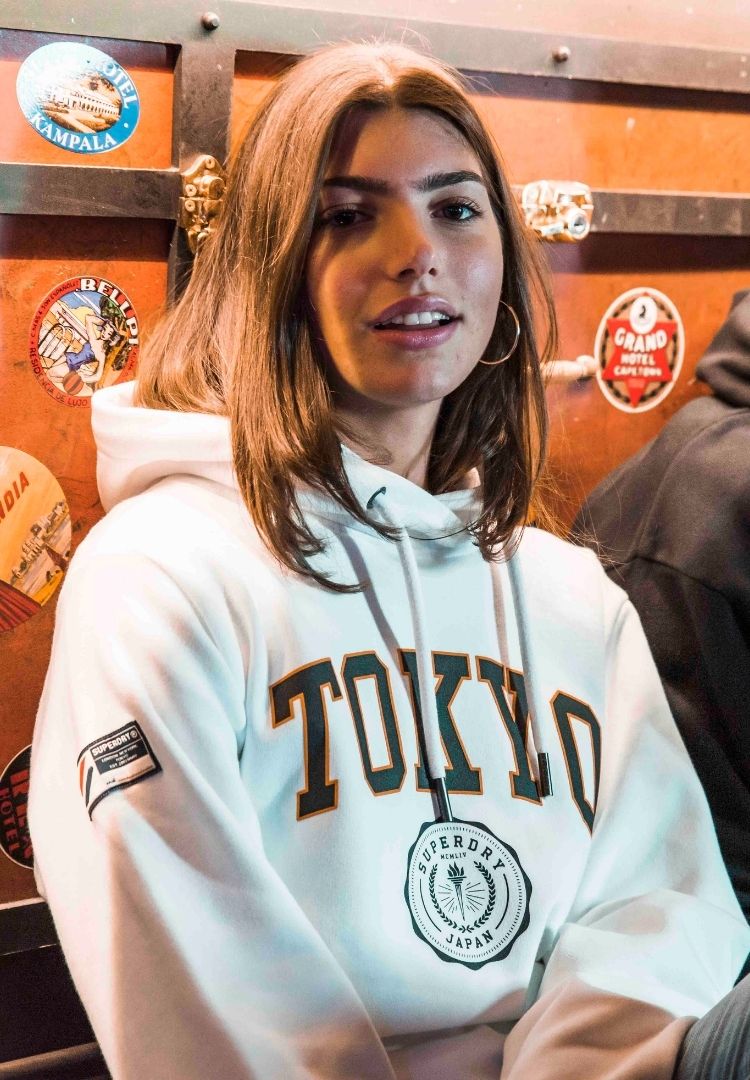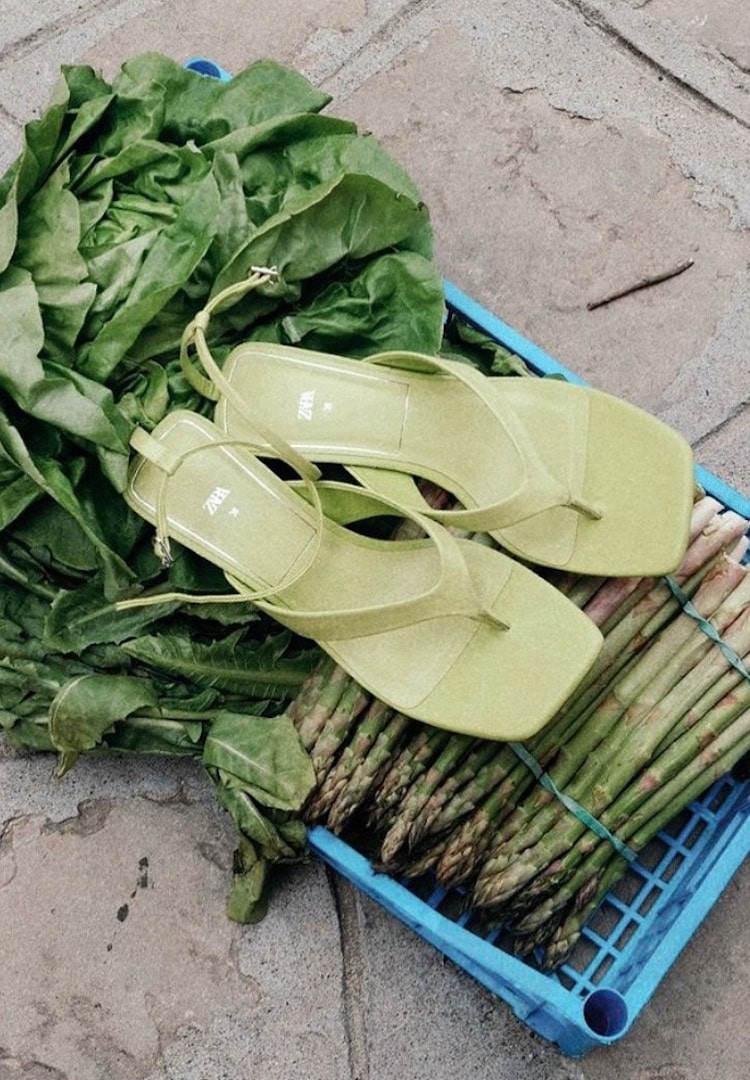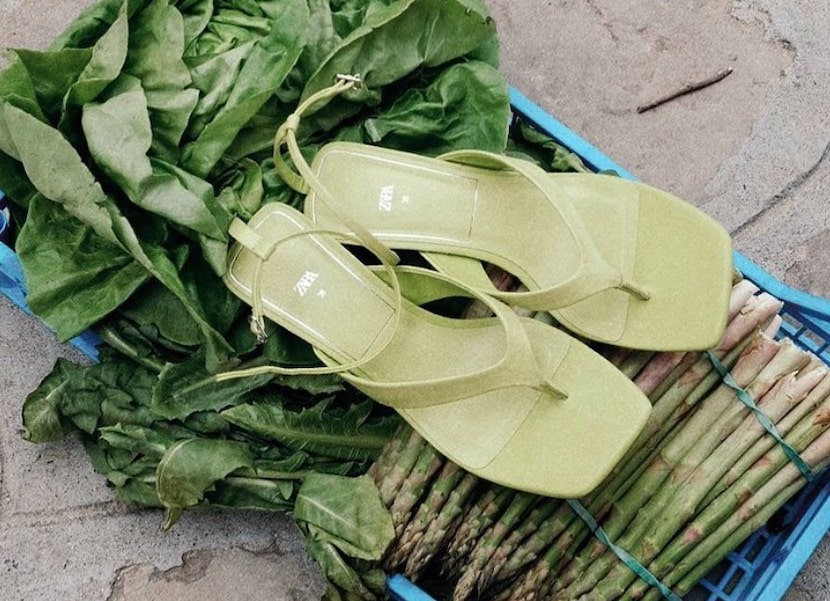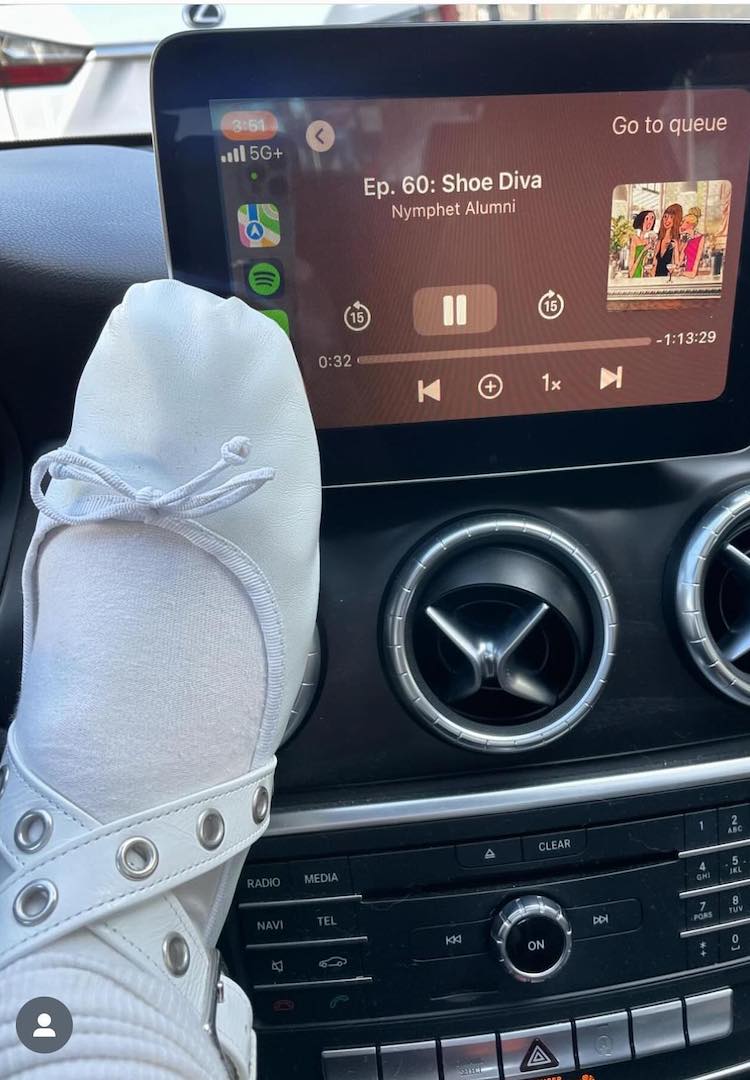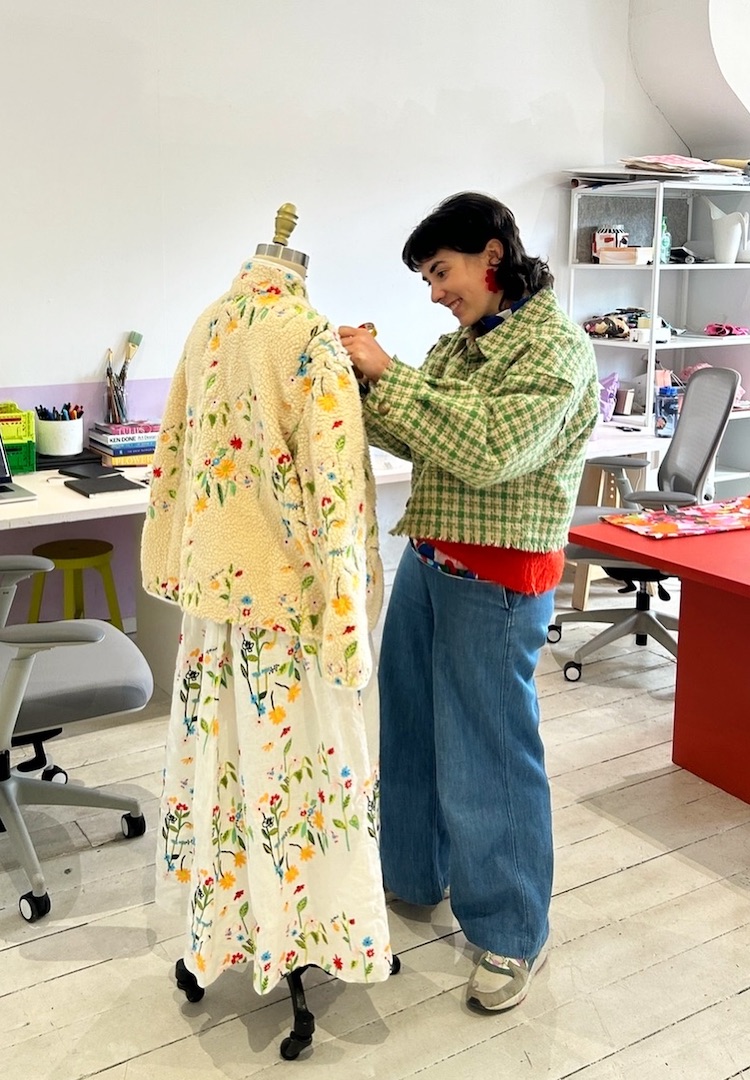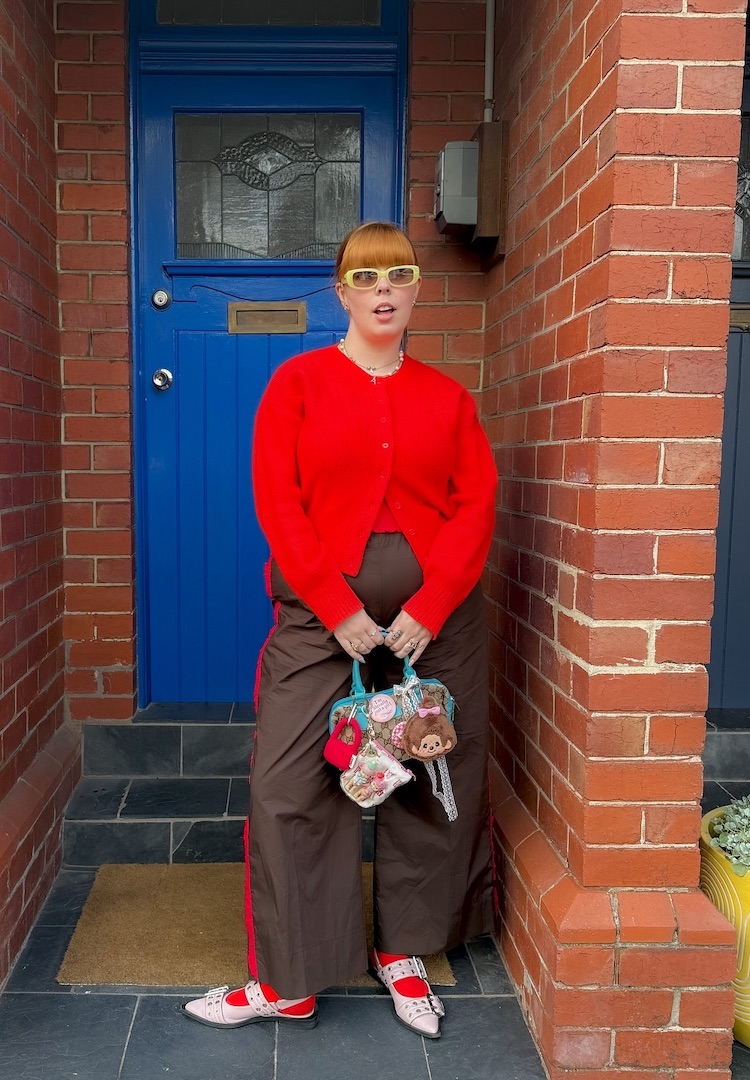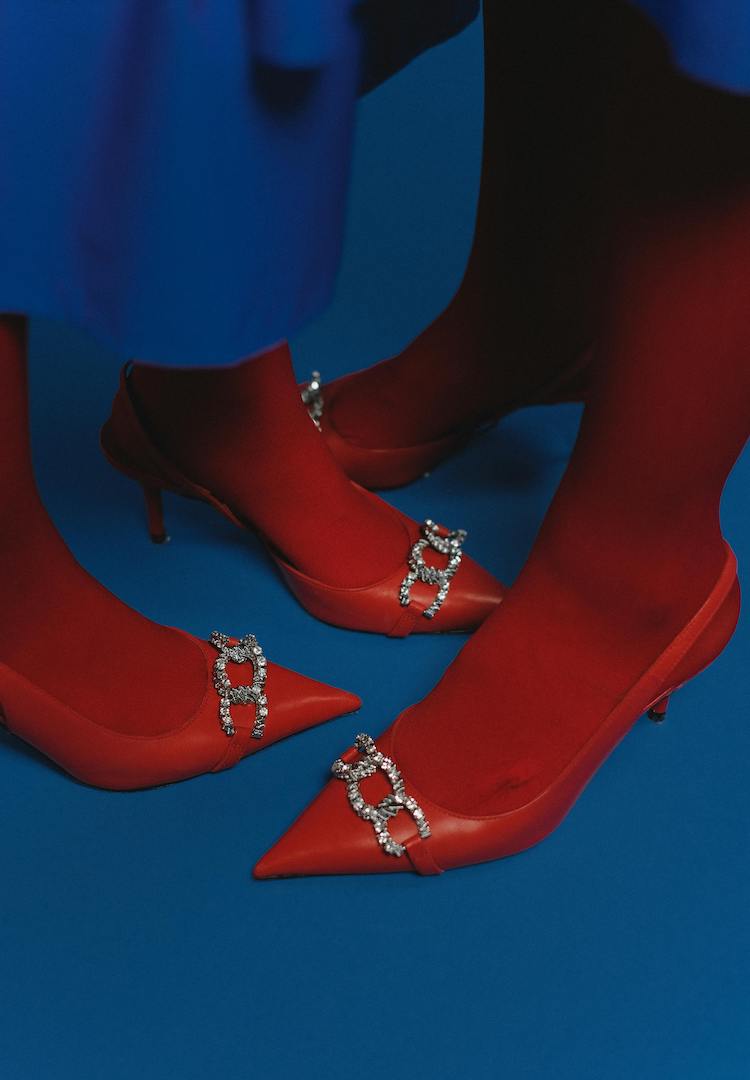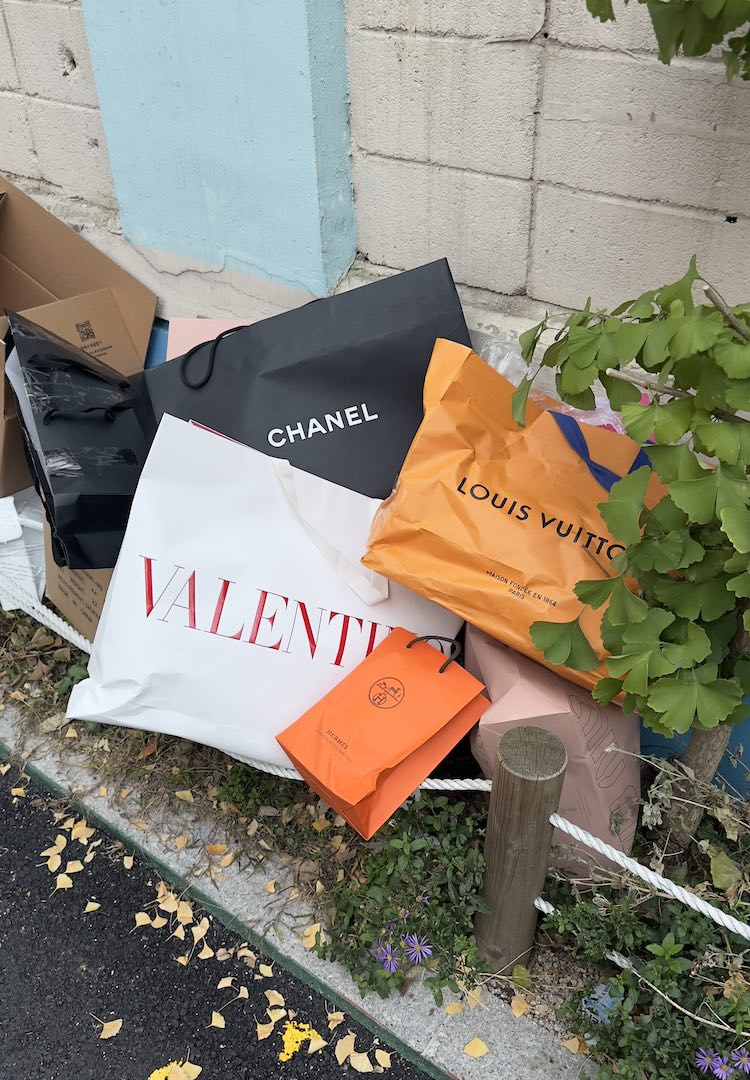Fashion is now one of Australia’s biggest exports, so why is the industry still so overlooked?
IMAGE VIA @LINNEKLUND/INSTAGRAM
WORDS BY SONIA BLAIR
A new report by the Australian Fashion Council shines a light on the significance of our fashion industry.
As Australian fashion continues to develop its identity and place in the global pecking order, a recently commissioned report has revealed just how valuable the industry is to Australia as a nation, economically speaking.
Presented at Afterpay Australian Fashion Week (AAFW), the Australian Fashion Council (AFC) unveiled the findings of From High Fashion to High Vis: The Economic Contribution of Australia’s Fashion and Textile Industry, a report commissioned by Ernest and Young (EY).
For more fashion news, shoots and features, head to our Fashion section.
In the findings, EY unpacked the economic impact of the industry on Australia nationally and uncovered the significance of fashion in relation to Australia’s exports, employment and future growth.
At a glance, the enormity of fashion as a thriving sector of our nation is clear. In 2021, fashion:
- Added $27 billion to the economy
- More than $7 billion in export revenue
- Amounted for almost two per cent of all Australian exports – more than the beer and wine industries combined
Fashion also employs more people than the mining sector, with 489,000 employed in the industry. Of that, a staggering 376,000 are women, making fashion a clear leader in female employment.
So, what does this actually mean for the industry moving forward and what can we expect to see emerging as Australian fashion continues to thrive? AFC CEO Leila Naja Hibri says there is an abundance of room for growth in Australian fashion but that there is a particular focus on the responsible practice areas of sustainability and circularity, particularly with textile waste.
“In terms of wool, we harvest it here, but we send it all overseas for splitting and scouring, so there’s huge opportunity for us to add value,” she tells me.
“There’s about eight hundred thousand tonnes of textile waste being dumped in landfill every year, so you can only imagine the opportunities there for us to recycle that product, to potentially also look at ways that we can reduce the landfill, and the whole sustainability and circular economy could add a lot more value.”
Australian designer Paul Vasileff, of Paolo Sebastian, agrees that there is a shift towards a more conscious mode of production as Australian fashion develops in the coming years. “I think people are becoming more conscious of how things are made and where they’re manufactured, the circumstances and the environment in which they created,” explains Vasileff.
“As a designer and a businessman, it’s great to see this change because when I first started out, the focus was just purely on offshore [production] and many people thought that to be successful, you have to produce offshore and go to a factory to have your product made. Now, there seems to be a shift back to hopefully achieving a happy medium because people are becoming more conscious of who made their clothes.”
From a consumer viewpoint, the industry has also had to adapt to being powered by eCommerce and online shopping with this becoming more prevalent over the last 18 months. However, as the industry continues to evolve, so too should the in-store experience at brick-and-mortar retail spaces. Hibri says consumers still want a physical in-store experience, yet the retail spaces may need to adapt for both the consumer and business to remain satisfied.
“There are opportunities to engage them [consumers] at the brick-and-mortar level,” explains Hibri. “The only thing that is sometimes missing is a seamless interaction between brick-and-mortar and the online experience.
“Interacting with products in a digital way, in a technological way, like trying on a product virtually makes sense in this area. Even within the store, there are sizing apps and sizing software that brands can use. You see a lot of that happening overseas, but not in Australia. Customers want to make retail a fun and engaging experience.”
Yet, as fashion continues to solidify its place as a key component of the Australian economy and driver of employment, one cannot ignore the fact that the industry often goes overlooked and has a reputation of being frivolous and without substance. Paul Vasileff hopes that the recent findings are a catalysing moment in changing Australian attitudes.
“Generally speaking, fashion is seen as a bit more fun and not taken seriously, but I think that’s definitely changing over the years,” he says..
“I remember when I started out, Australian fashion wasn’t really even a thing and thankfully, in the last 15 years, that’s definitely changed. It’s great to read these figures as I think [it] shows that fashion is a strong and thriving industry.”
For Leila, she can already see the changing attitudes towards fashion since the release of the report. “With the reaction we’ve had from the report, we know that it has impacted the way the government and other businesses and institutions are looking at the industry.
“We had a minister Dan Tehan present the report with us at AAFW and we also had New South Wales minister Stuart Ayres. They wouldn’t have engaged in this launch if they did not see the value in the industry. We are planning to engage with government at different levels to talk about policy recommendations that we believe would help the industry moving forward”
Looking to the future, both Leila and Paul voiced how Australia’s point of difference in the international market is our diversity and attitudes to life. What Australia brings to the table through our designers, ethos and creativity is an abundance of diverse ethnic heritage and multicultural influences on clothing alongside a lifestyle spent in the sun not taking ourselves too seriously.
“In Australia, we’ve started working towards the North Star of what I believe could be a world-leading industry that can lead the way in what fashion and textile business could look like in the future,” says Leila. “The Australian Fashion Council wants to start to talk about Australian fashion as a brand and really continue to engage local and global consumers to show them this is a great brand to engage with for many reasons.”
For Paul, the future of Australian fashion lies clearly with our unique perspective and attitudes towards style. “Australian fashion seems to hit the right spot for a lot of people and I think it’s because we are so multicultural and we do have a lot of different influences here, and the international market looks at us as a really interesting player. I think we offer a unique perspective when it comes to fashion.”
You can read the report, ‘From High Fashion to High Vis: The Economic Contribution of Australia’s Fashion and Textile Industry’ here.

